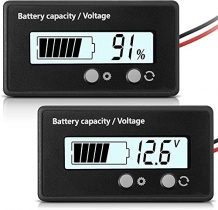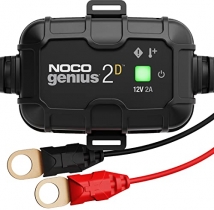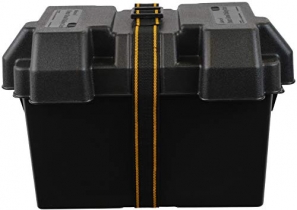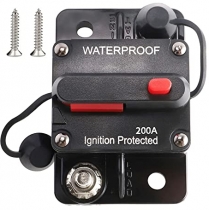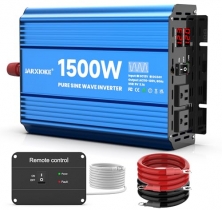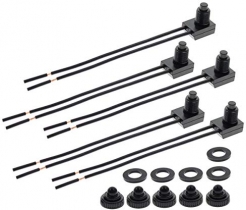-
Welcome to Tundras.com!
You are currently viewing as a guest! To get full-access, you need to register for a FREE account.
As a registered member, you’ll be able to:- Participate in all Tundra discussion topics
- Transfer over your build thread from a different forum to this one
- Communicate privately with other Tundra owners from around the world
- Post your own photos in our Members Gallery
- Access all special features of the site
Help with brake shudder
Discussion in '1st Gen Tundras (2000-2006)' started by 1xloader, May 23, 2018.
Page 2 of 3
Page 2 of 3


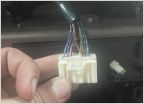 Stock head unit wiring
Stock head unit wiring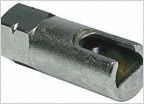 2005 Tundra Limited Shudder
2005 Tundra Limited Shudder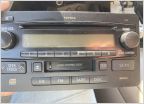 Adding bluetooth to stock stereo/radio/head unit
Adding bluetooth to stock stereo/radio/head unit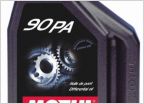 Differential fluid type
Differential fluid type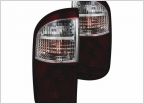 Led bulb conversion
Led bulb conversion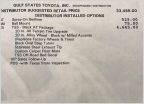 TRD bed decal
TRD bed decal
































